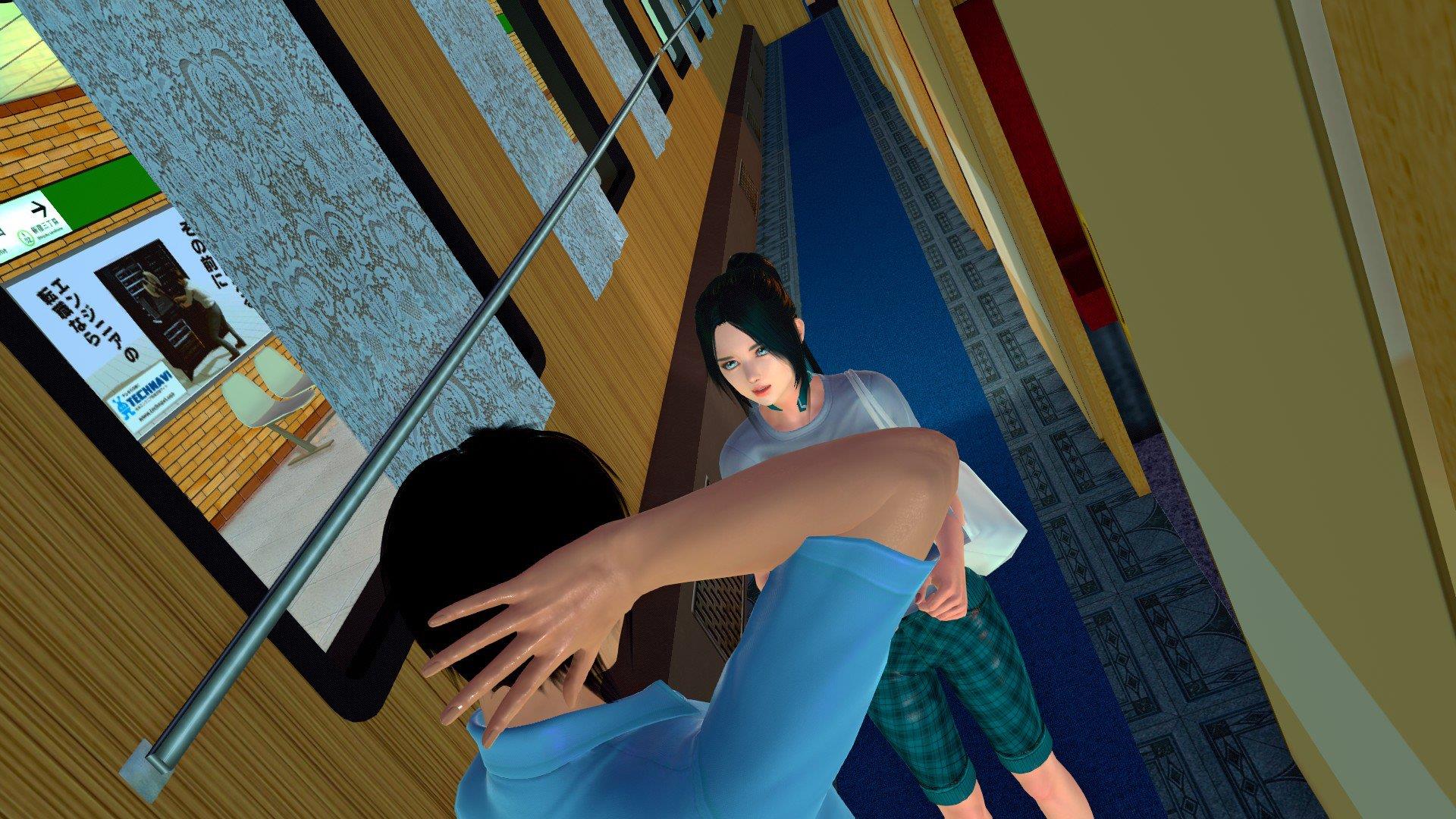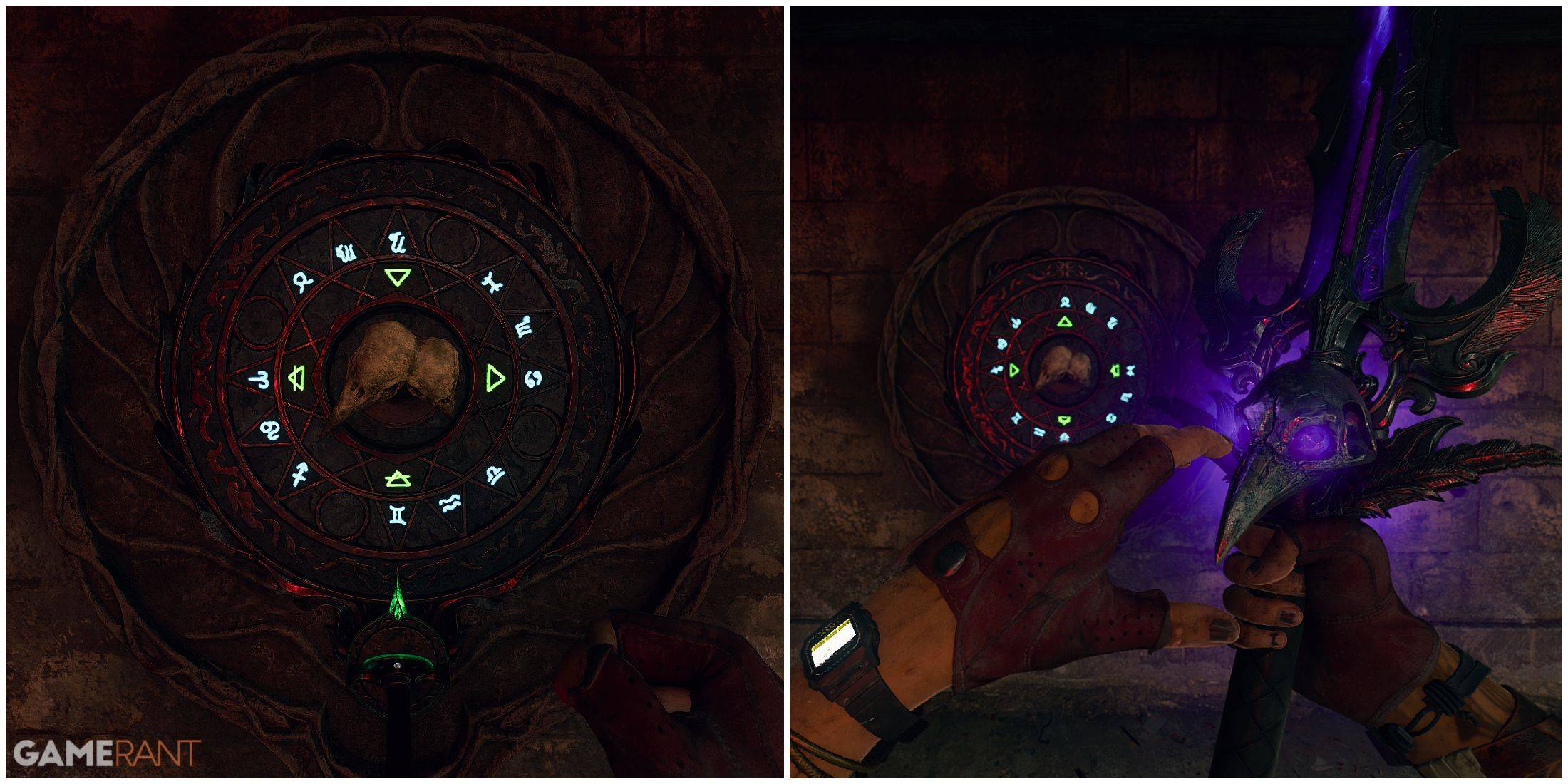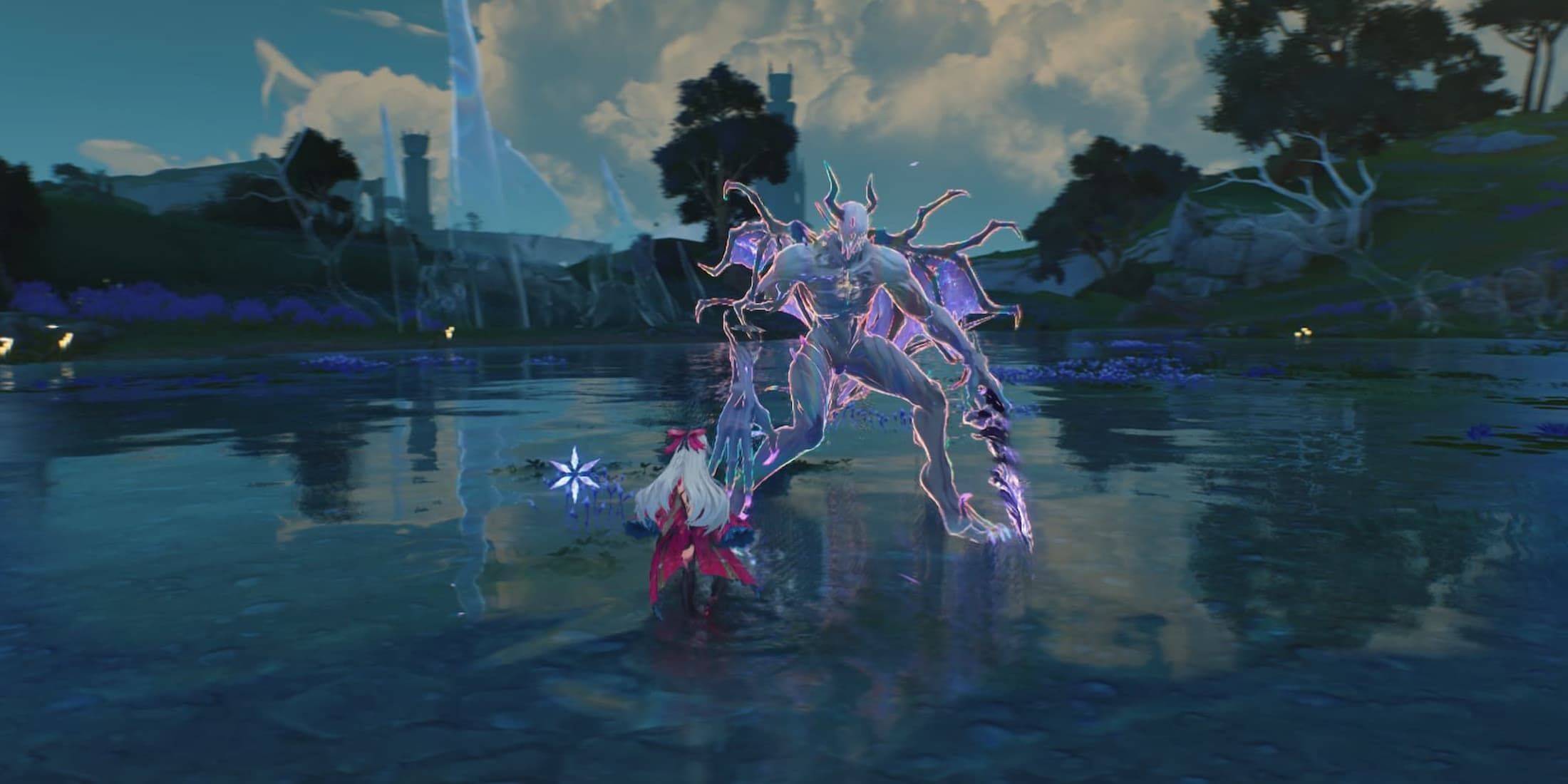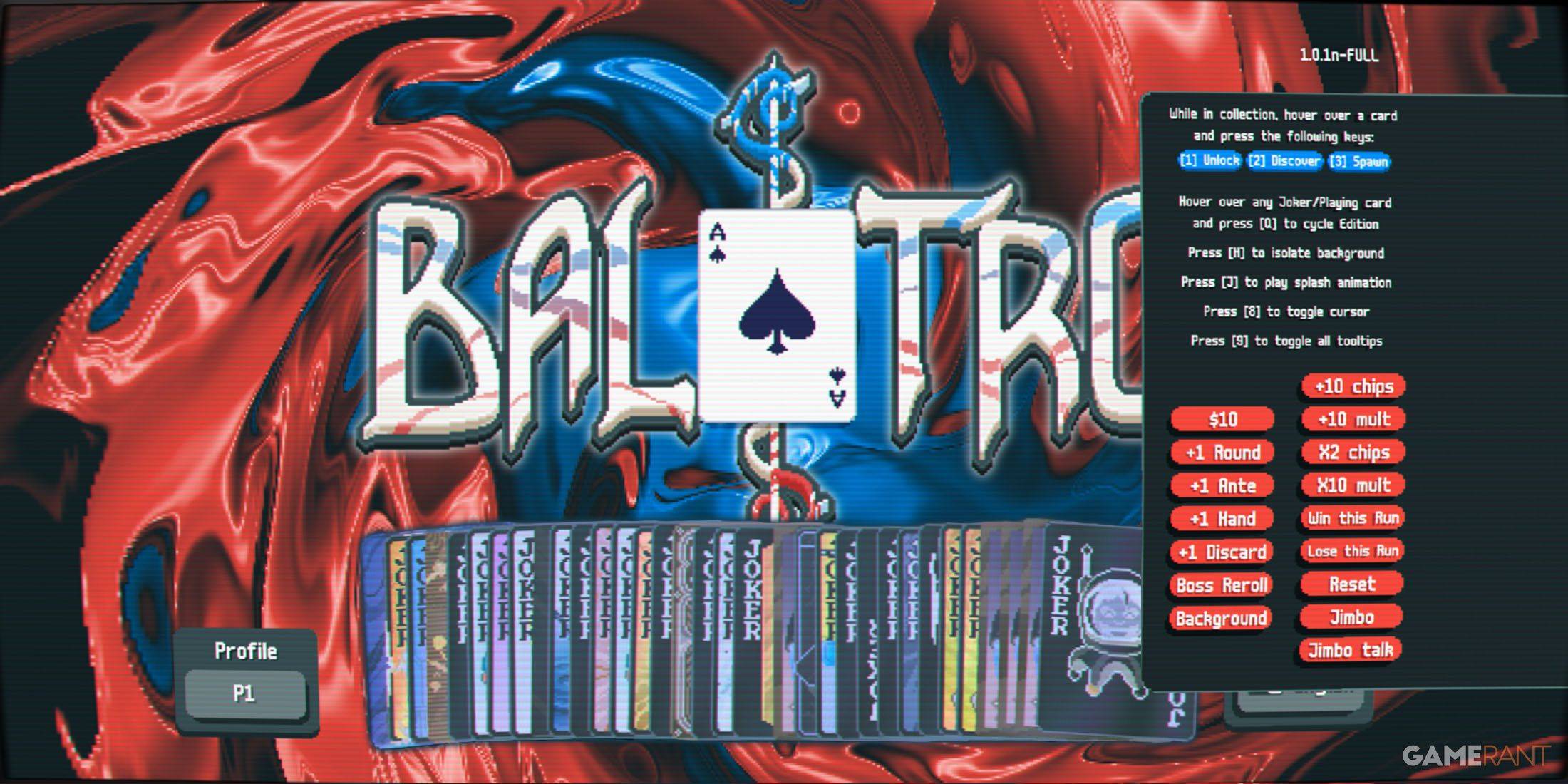Application Description
Imagine a chess game that seamlessly blends the epic narrative of the Three Kingdoms with the strategic depth of traditional Xiangqi, offering a variety of gameplay modes that challenge players to conquer all levels and face off against legendary heroes. This innovative fusion not only captivates enthusiasts but also serves as a perfect platform for quickly mastering chess endgames. Xiangqi, a form of chess that originated in China, is a two-player strategy game with a rich history. Its simple yet engaging pieces have made it a beloved pastime across generations.
Chess Pieces
Xiangqi features a total of thirty-two chess pieces, split evenly into red and black teams, each comprising sixteen pieces. These are categorized into seven distinct types, listed as follows:
- Red Chess Pieces: One handsome, two rooks, two horses, two cannons, two phases, two shi, and five soldiers.
- Black Chess Pieces: One general, two horses, two cannons, two elephants, two taxis, and five pawns.
Key Pieces and Their Movements
Handsome/General: The "handsome" for the red side and "general" for the black side represent the leaders in Xiangqi. These pieces are restricted to movement within the "nine houses," moving one square at a time either vertically or horizontally. Importantly, the handsome and general cannot face each other directly on the same line, as this results in an immediate loss for the player whose turn it is.
Shi/Taxis: The "Shi" (red) and "taxis" (black) are also confined to the nine palaces, but they move diagonally, one square at a time.
Phase/Elephant: The "phase" (red) and "elephant" (black) move diagonally two squares at a time, known as "elephant flying field." Their movement is limited to their respective halves of the board, unable to cross the river. If a piece blocks the center of the "field" they are traversing, they cannot move, a situation referred to as "plugging the elephant's eye."
Rook: The rook, or "car," is the most powerful piece in Xiangqi. It can move any number of squares along a straight line, either horizontally or vertically, as long as no piece blocks its path, earning it the nickname "car straight road." A single rook can control up to seventeen points, hence the saying "one car and ten children."
Cannon: The cannon moves identically to the rook when not capturing. However, to capture, it must jump over exactly one piece, whether friendly or enemy, known as "shelling the partition" or "over the mountain."
Horse: The horse moves in an "L" shape, known as "horse walking day," capable of reaching eight different points around it. If another piece blocks the initial step of its move, the horse cannot proceed, a scenario called "crippling the horse's legs."
Soldiers/Pawns: The "soldiers" (red) and "pawns" (black) move forward one square at a time and cannot retreat. Before crossing the river, they cannot move sideways. After crossing, they gain the ability to move left or right as well, significantly enhancing their strategic value, leading to the saying "small pawns crossing the river top cart."
In Xiangqi, players alternate turns, embodying the strategic principles from Sun Tzu's "Art of War" — aiming to subdue the enemy without fighting and to achieve victory through superior tactics. The game starts with the red side moving first, and continues until one player checkmates or traps the opponent's general (handsome). Through engaging in these battles, players enhance their cognitive skills, navigating the complex interplay of attack, defense, feints, and overall strategy.
Screenshot
Reviews
Games like Three Kingdoms chess:象棋




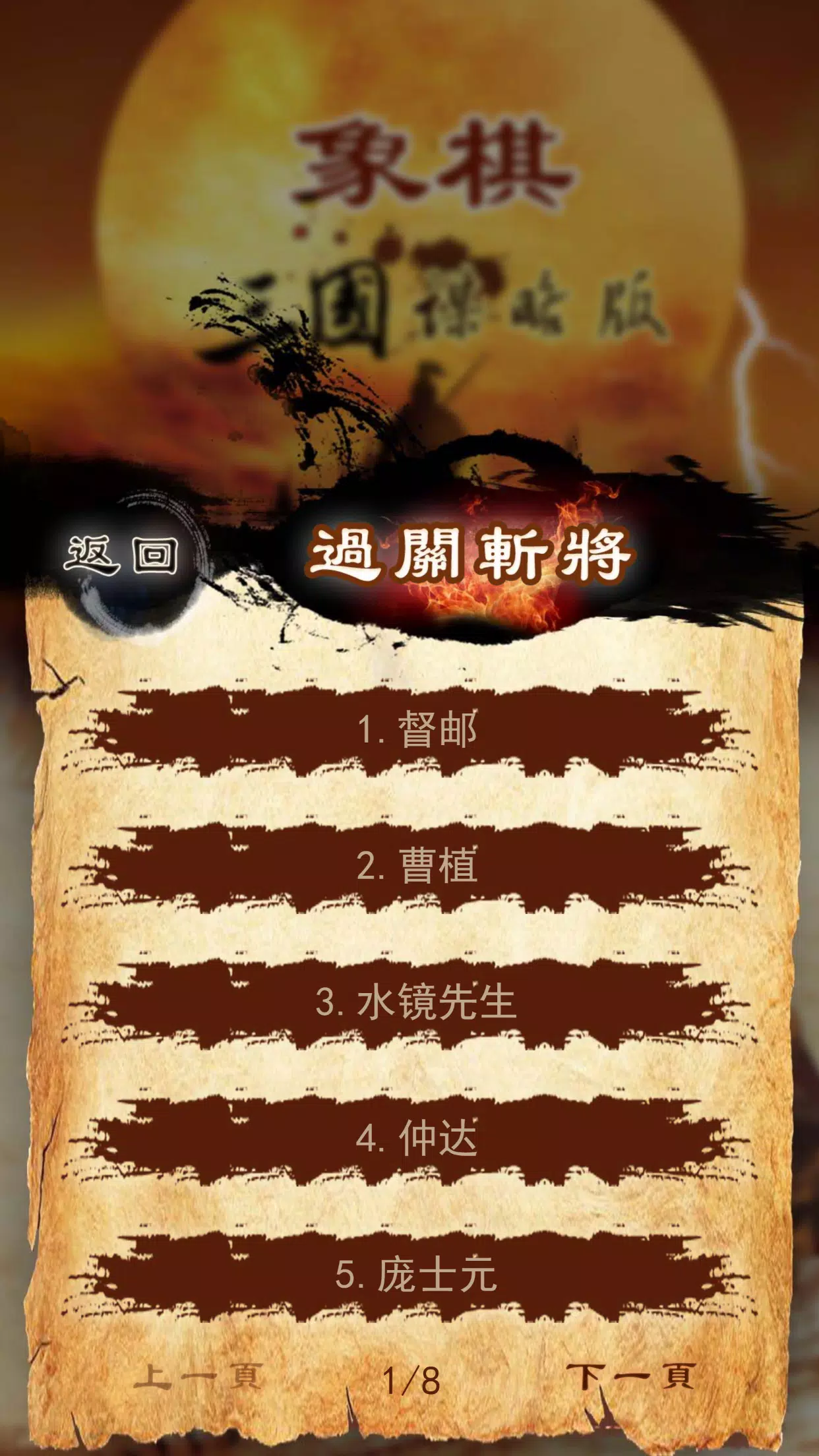


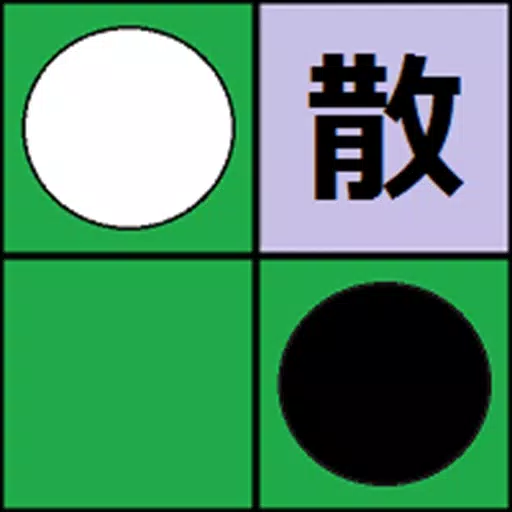


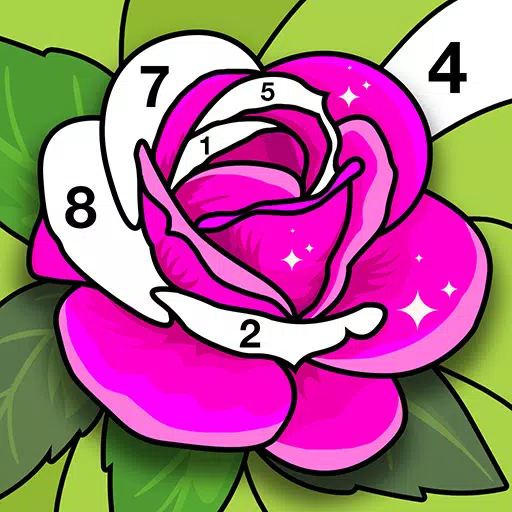



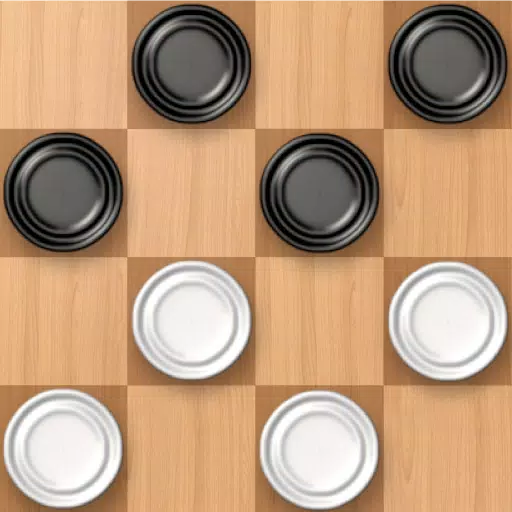
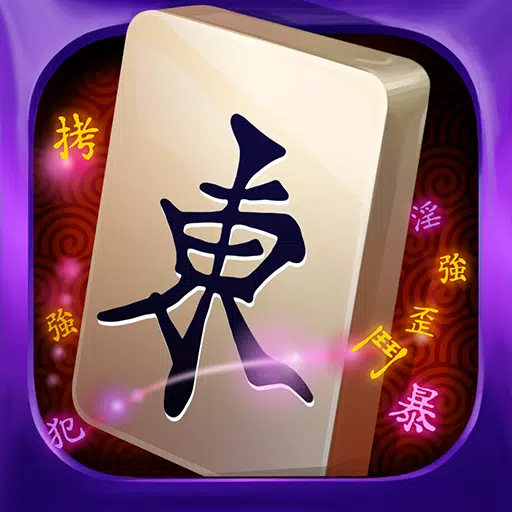
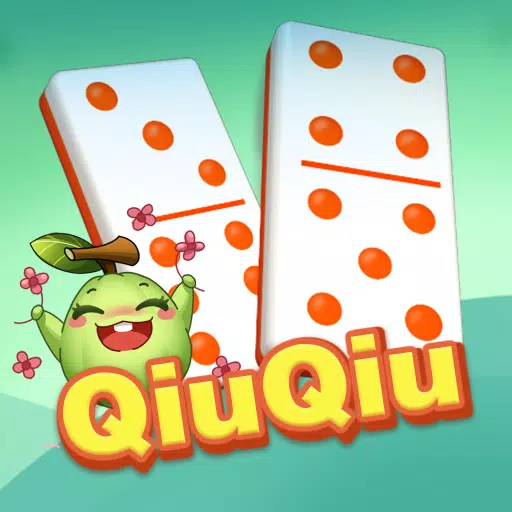
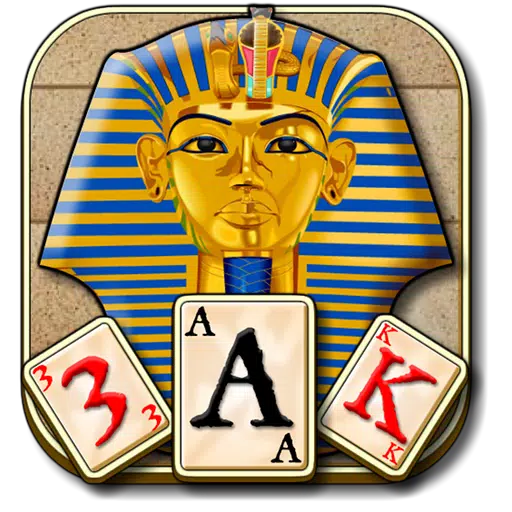




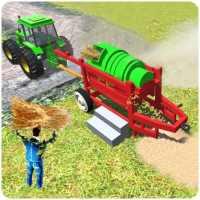
![Taffy Tales [v1.07.3a]](https://imgs.anofc.com/uploads/32/1719554710667e529623764.jpg)



